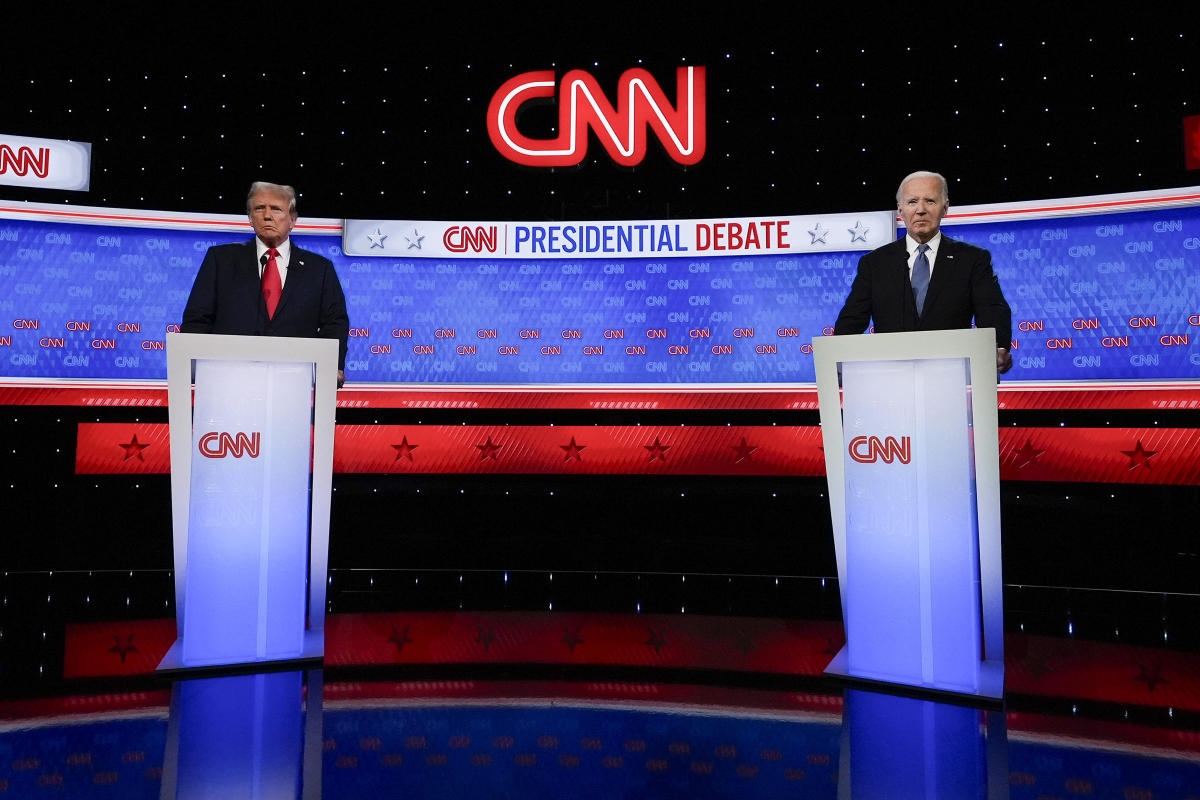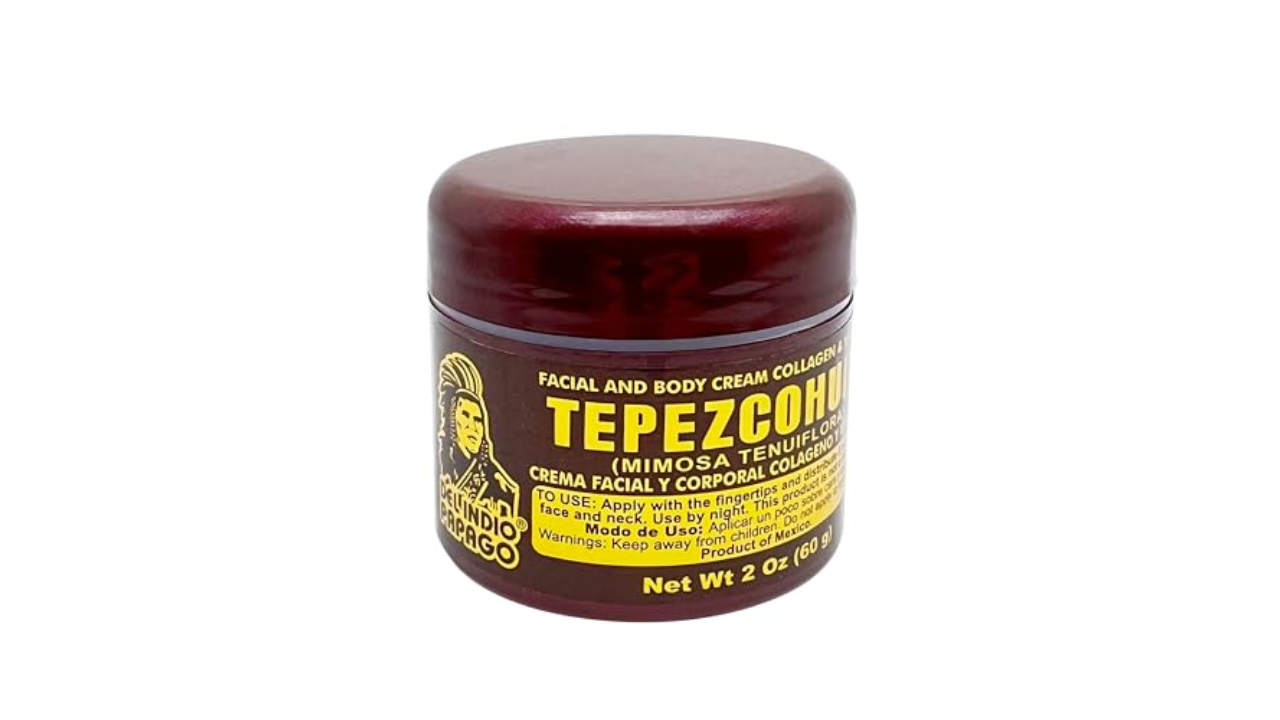Barclays is reiterating its Overweight rating and $142 per share price target on Nike (NKE). Barclays Consumer Discretionary Senior Analyst Adrienne Yih — who named the athletic apparel brand Barclays’ “Best Idea of 2024” — joins Yahoo Finance Live to discuss the biggest catalysts for Nike’s stock, including its supply and inventory, and what trends may be detracting from Nike’s growth.
“[Investors] should be grading the company on what is new and the incremental unit newness. so, what’s going to get the consumer to spend… dollars on a new pair of shoes,” Yih says. “I can appreciate the retro… side of things, but that’s… been the problem with Adidas, with Vans, and with Nike. they’re selling the same things over and over, and it’s getting, quite frankly, kind of boring. They sort of missed out on what I call the ‘Sole Wars’…”
For more expert insight and the latest market action, click here to watch this full episode of Yahoo Finance Live.
Editor’s note: This article was written by Luke Carberry Mogan.
Video Transcript
SEANA SMITH: Adrienne, when you take a look at this name, you’re still bullish about what Nike maybe is going to prove in 2024. What are the catalysts ahead for this stock?
ADRIENNE YIH: So, the catalysts are really, number one, that they absolutely have their inventory. So the supply side of things is unarguably fixed. And so that’s half the battle, right? So they want to get to a pull market where their wholesale channel partners are ordering, replenishing, restocking from them. And that’s a guaranteed plus to the revenue.
We don’t think that’s happening in the first half of the year at all. We already know that all the retailers are still buying down and very conservative. But you have to have a replenishment cycle of newness. And that’s where the innovation comes in.
The catalysts are a whole slew of innovations coming for this year, the likes of which we haven’t seen in two years. And I can go through those in a second. But that’s really the two catalysts, innovation to drive top line, supply is tight.
BRAD SMITH: Adrienne, when you mentioned innovation, I was just reading in recently on that new Air Max Dn, that platform particularly, and it really seems interesting where– for a shoe company that’s had so much success with the retros that gets everybody clicking, that gets people going on to a sneakers app and crashing the dang thing all the time– where they’re balancing innovation and need to balance innovation with what people have just flocked to in the past. And so what is the correct way that investors should be grading the company on how they execute that?
ADRIENNE YIH: They should be grading the company on what is new and the incremental unit newness, so what’s going to get the consumer to spend the dollars on a new pair of shoes. I can appreciate the retro side of things, but that’s been the problem with Adidas, with Vans, and with Nike.
They’re selling the same things over and over. And it’s getting quite frankly kind of boring. They sort of missed out on what I call the sole wars, like on Hoka, these high profile platforms. The Air Max Dn’s coming in March, on Air Max Day, March 26th, mark your calendars. Right after that, they’re going to have the Peg 41, the Pegasus 41, which is a whole new form factor. So, that’s brand new. And then they’re going to follow with Copa America in June and then the Paris Olympics.
All this is newness and innovation. And what I’ll say is when you have the newness, the people don’t immediately buy. But this is the first time we’ve seen kind of the leadership, led new by Heidi O’Neill, that is just focused on speed, hustle, at scale.
SEANA SMITH: Adrienne, what do you think the margin recovery story looks like– and more specifically, you and I have talked so much just about the inventory levels with Nike. There has certainly been a lot of improvement over the last several quarters. But where do you think they stand as we look out towards year end in terms of that continued improvement that many analysts have been calling for?
ADRIENNE YIH: So fiscal year end for them is May. And this is a pretty anemic– they just lowered guidance. Plus 1% top line sales. Consensus is looking for a 12.3% operating margin. That’s below the 10-year average of 13%.
So this is– so what we always say is they just got their inventory clean at the end of July, clearly at the end of November. It takes about two quarters for it to percolate into the system and run through the income statement and the margins. So we’re seeing the back half of this calendar year.
But certainly, for FY ’25, 150 to 200 basis points coming just from cleaning up the inventory, not spending money on storage, losses and damages, just all those kind of ghost inefficiencies and all the friction that comes with just being supply chain and inventory inefficient.
And so we haven’t even put in the top line recovery. If we want to talk about top line recovery over the course of ’25, ’26, ’27, we think there’s probably 400 basis points. 200 in the near term from below the top line, another 200 basis points from leverage. So 12%, 13%, high teen margins over the next 2 to 3 years.
Signup bonus from





